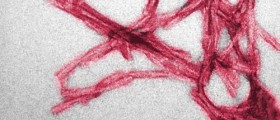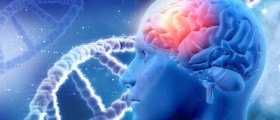
Mad-cow disease, also known as the bovine spongiform encephalopathy, is very serious neurodegenerative disease in cattle. Mad-cow disease affects the brain and the spinal cord and causes distinctive spongy degeneration in their tissue. This disease can also affect the humans and it is usually transmitted by eating food contaminated with the brain, spinal cord or digestive tract of infectious cattle. However, nerve tissue can be found in almost all tissues of the body, which means that eating any part of infected cattle can result in a serious disease. The disease is called mad-cow disease because it affects the nervous system and leads the cattle to act strangely and lose control over typical activities.
Mad-cow disease and humans
Humans cannot become affected with mad-cow disease, but there is a link between this disease and a rare brain disease that affects humans. The former one is known as variant Creutzfeldt-Jakob disease (CJD) and it most probably results from eating beef from infected cows. Creutzfeldt–Jakob disease is also a degenerative neurological disorder of a human brain. Just like the mad-cow disease, Creutzfeldt–Jakob disease is an incurable and fatal disorder. During the course of disease, the cells of the human brain are starting to die until the brain gets a typical sponge-like appearance. Similarly to cattle, humans with this disease gradually lose control over their mental and physical abilities. This is a rare condition and most of the people affected with it have been diagnosed in Great Britain. In some rare cases, people may get this disease through a mutation of the gene that codes hat codes for the prion protein (PRNP). These are actually misfolded proteins which replicate by converting their properly folded counterparts.
Signs and symptoms of mad-cow disease and humans
In most cases, first signs of mad cow disease in humans manifest as a rapidly progressive dementia. Dementia is a severe loss of cognitive ability in a previously unimpaired person. As a disease makes the progress, a person will experience memory loss, changes in personality will become obvious, and most people will start having hallucinations. Physical symptoms include jerky movements, problems with speech, balance and coordination, changes in gait, seizures, rigid posture, etc.
Mortality rate
In most cases, the disease is fatal in a couple of months or weeks. Small number of patients may continue to feel symptoms for a couple of years. In most cases, sufferers will die in 6 months after the initial symptoms appear. Only about 15% of patients is able to live for up to 2 years.

















Your thoughts on this
Loading...